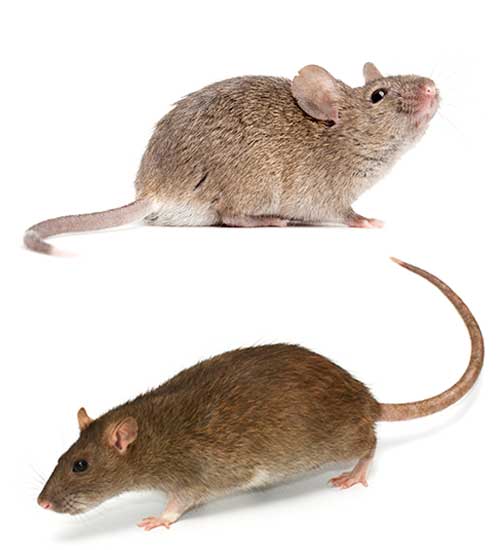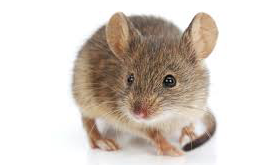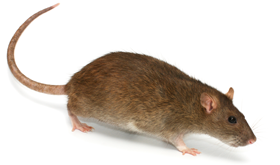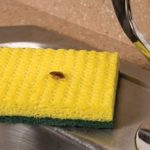
House mice and Norway rats: as two of the most common rodents in Wisconsin, homeowners have had many encounters with these pests in the past. It can be hard to tell the difference between certain rodents, making it important to know how to identify them. To better prepare yourself for a rodent problem, the experts at Batzner are here to help you identify common rodents through their characteristics and behaviors. Read on to learn more!
Mice vs. Rats
1. Mice Characteristics
The common house mouse is known to be a light and fluffy brown creature with a tint of gray. From the tip of the pointy nose to the end of its tail measures anywhere from 2 ¾ – 4 inches long. It would be smart to securely store sweet fruits, grains, and seeds because these home-found pests are very attracted to them!
2. Rat Characteristics
The common Norway rat can also found nesting in Wisconsin homes. This rodent is slightly different from the house mouse appearance. The bright white chest contrasts from the dull gray body, which ranges from a large 7- 10 inches. This is approximately 40% larger than a mice’s tail. The curved nose is the main feature that distinguishes the rat from the mouse. The Norway rat does not eat anything that they are not familiar with, so it is uncommon that rats will take over your cabinets! However, they are attracted to sweet and fruity items.
| Name | House Mouse | Norway Rat |
| Appearance |  |
 |
| Color/Length (without tail) | Gray to light brown; light brown chest; 2 3/4 to 4 inches | Coarse brown with black fur; gray or white chest; 7 to 10 inches |
| Nose, Ears, and Eyes | Pointy nose; small ears and eyes; color blind | Blunt nose; small ears and eyes; color blind |
| Tail | Same length as body; nearly hairless with rounded scales | Shorter than body; hairless with rounded scales |
| Droppings | 1/4 inch long; rod-like with pointed ends | 3/4 inch long; rounded ends |
Signs of Norway Rats & House Mice
When there are signs of a rodent infestation, a natural reaction is to panic. Some common critical signs that rats and mice share are:
- Scratching in Walls
- House mice are known to create a scratching noise within the interior of your walls and tend to nest in materials such as paper, cardboard, clothing, and other fibrous materials.
- Markings on Walls
- Different from mice, other signs of a rat infestation are grease marks, called sebum, on walls throughout the home and tracks that may be left behind, measuring larger than ½ inch.
- Rodent Droppings
- Droppings that are left behind can help identify rodents. Mice tend to leave behind droppings that are approximately ¼ of an inch with pinched ends that appear to be pointed. On the other hand, the droppings grimy rats leave behind are relatively larger than mice droppings and have blunt and rounded ends.
How to Prevent Rodents in Wisconsin Homes
Residents of urban, suburban, and rural areas are often unaware of just how much food and shelter their homes can provide to rodents. Spilled crumbs and grainy food inside of your house can easily feed rats and mice. As a homeowner, it is important to take action and prevent these pests from moving into your home because these rodents may carry spreadable diseases. For help preventing rodents in your home for good, contact the rodent control experts at Batzner today!
Need a pest control estimate?
We'll call you! Our representatives are fast and friendly.
Identification and Prevention of Rats and Mice in Wisconsin in Wisconsin
Serving Wisconsin





